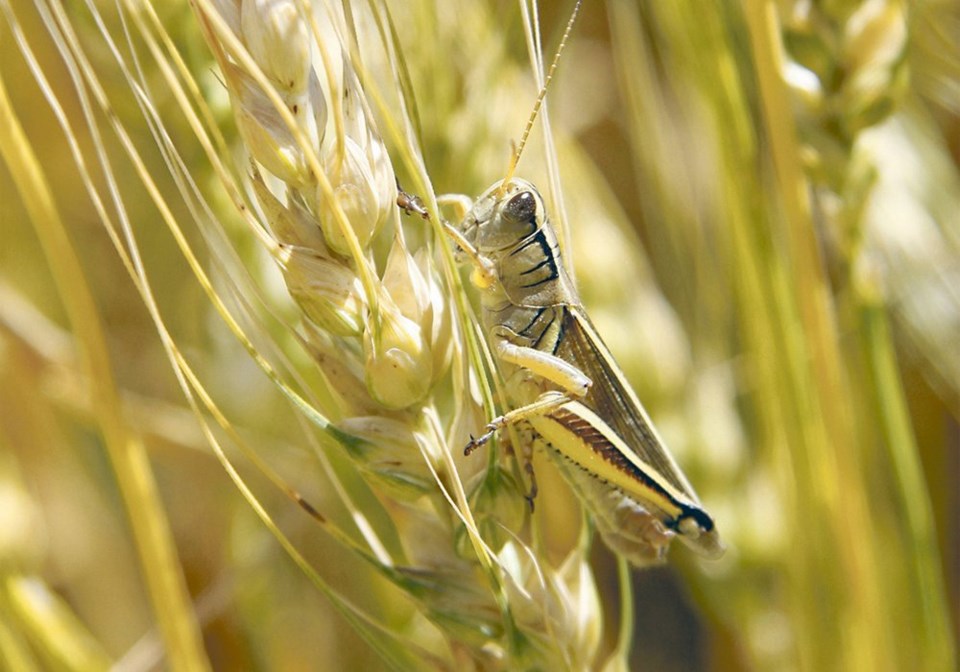UNITY - Growing conditions vary across the region, according to the crop report for the period of June 20 to 26, but the large majority of crops are suffering from drought and heat stress which is likely to hurt their potential yields. Without substantial moisture soon, many producers are expecting below average crop yields. Crops are beginning to mature rapidly and some cereal crops are starting to yellow and brown off due to the stressful growing conditions.
Where moisture has been less of an issue, crops appear to be at normal stages of development. In drier areas however, crops are either significantly advanced, or behind due to poor growing conditions. Regionally, 47 per cent of the fall cereals, 63 per cent of the spring cereals, 59 per cent of the oilseed crops and 71 per cent of the pulse crops are at their normal stages of development for this time of year. Some wheat crops have been noted to have started to head out while still quite short, canola has also been reported to have started flowering. Crop conditions range from poor to good in the region, with 53 per cent of the spring wheat, 52 per of the canola and 47 per cent of the lentils being in good condition currently.
There were only small showers in the region over the past week, with very little significant precipitation received. The Saskatoon area received 15 mm, the Cando area seven mm and the Netherhill area three mm. After weeks of absent or isolated rain showers, topsoil moisture conditions continue to decline. Cropland topsoil moisture is rated as 51 per cent adequate, 38 per cent short and eleven per cent very short. Hay and pasture land topsoil moisture is rated as 37 per cent adequate, 45 per cent short and 18 per cent very short.
Haying operations have started in the region with 15 per cent of the crop cut and waiting to be baled or silaged and another 12 per cent that has been baled or silaged so far. Seventy-three per cent of the hay crop is still standing. Producers are hoping for a soaking rain after they are done to ensure for good regrowth and a possible second cut. Hay quality is rated as 18 per cent excellent, 65 per cent good and 17 per cent fair.
The majority of crop damage this week was from heat, wind and dry soil conditions. Grasshoppers are causing severe damage in the region and producers are actively spraying to keep them under control. They are busy getting prepared for haying season, scouting fields and assessing crop damage. Some have also begun fungicide applications.




